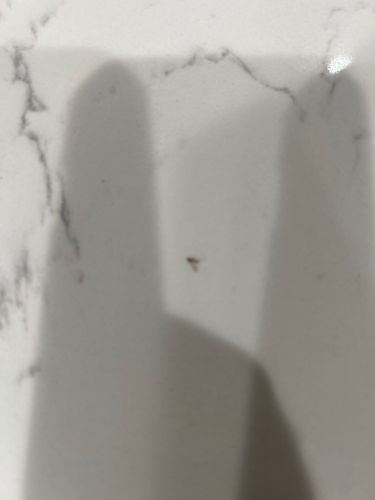Drain Fly / Moth Fly / Filter Fly
Scientific Name: Psychoda alternata (common species) and other Psychoda species
Order & Family: Diptera (Order) / Psychodidae (Family)
Size: 1.5 mm - 5 mm (adult size)

Natural Habitat
Moist environments rich in decaying organic matter, such as drains, sewers, septic tanks, compost piles, bathrooms, and basements. They are often found in kitchens and bathrooms where sinks and showers provide suitable breeding grounds.
Diet & Feeding
Adult drain flies feed on liquids, while larvae feed on decaying organic matter found in the moist films of drains, sewers, and septic tanks.
Behavior Patterns
Drain flies are most active at night and tend to rest on walls and ceilings during the day. They are weak fliers and typically fly short, erratic distances. They lay eggs in the gelatinous film that builds up in drains, pipes, and other moist areas containing decaying organic matter. The larvae feed on this organic material.
Risks & Benefits
Potential risks include being a nuisance pest due to their presence in homes and buildings. While generally not known to transmit diseases to humans, they can carry bacteria from their breeding sites to surfaces. Benefits are minimal from a human perspective, but they play a role in decomposition in their natural habitats.
Identified on: 8/9/2025